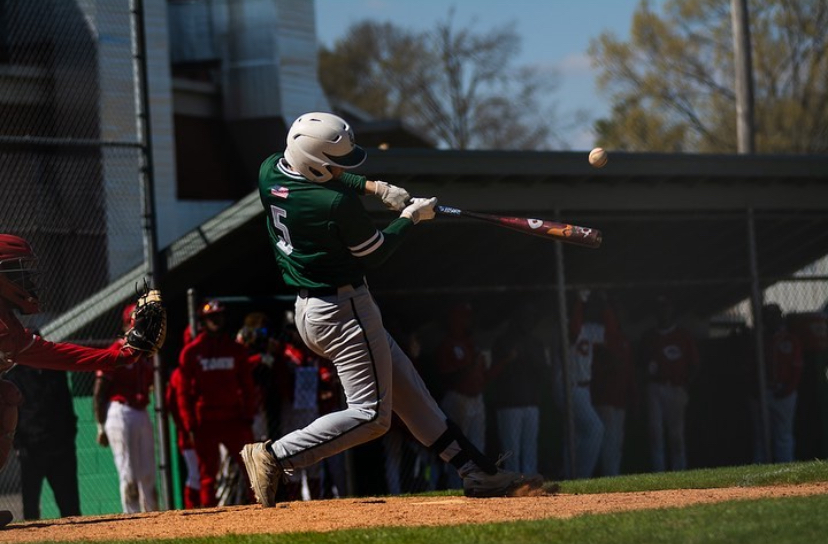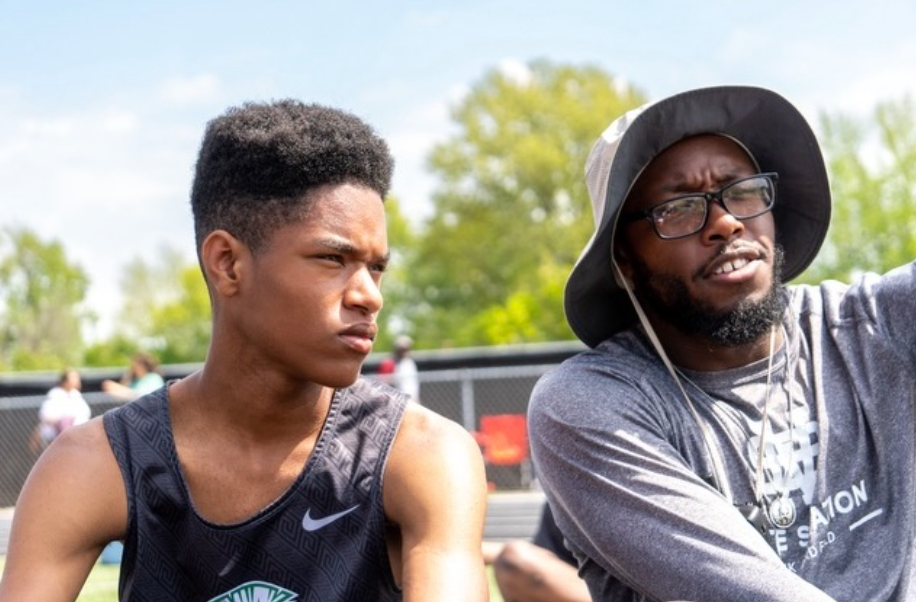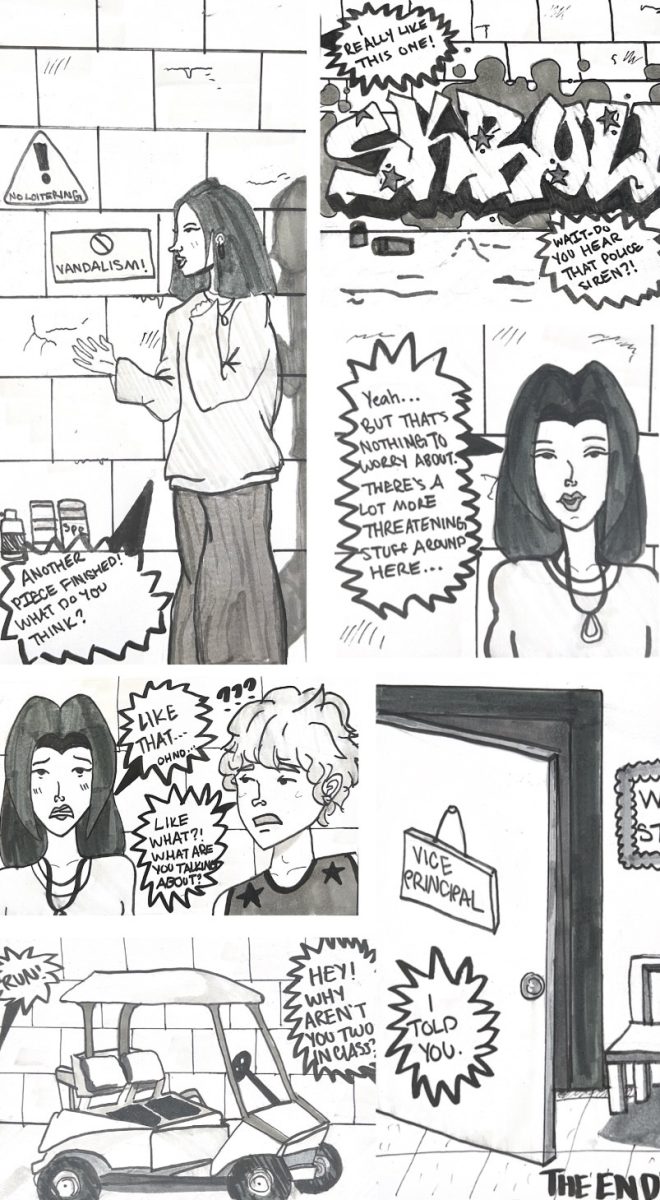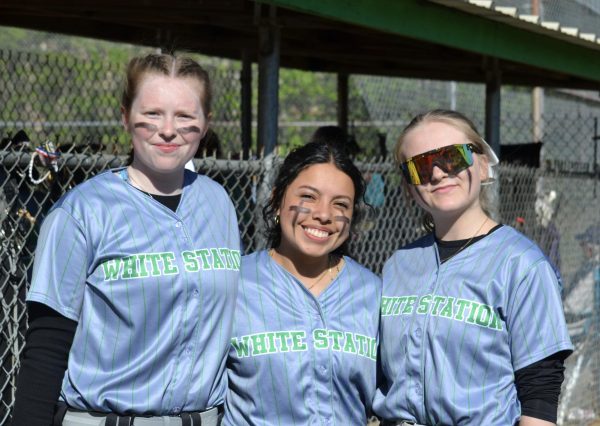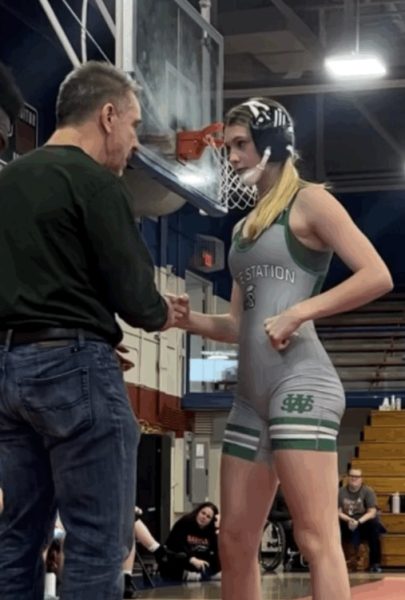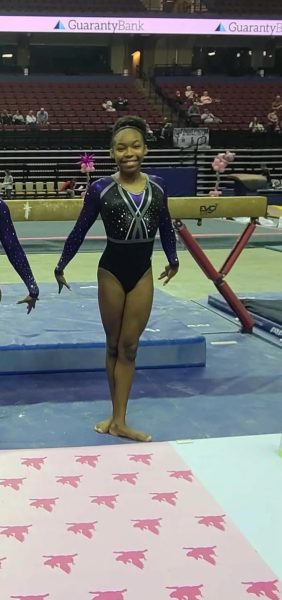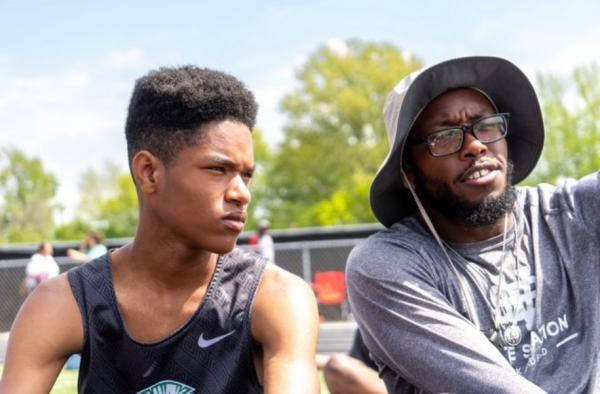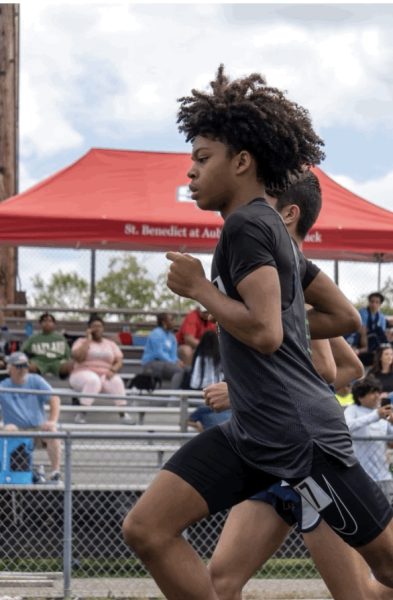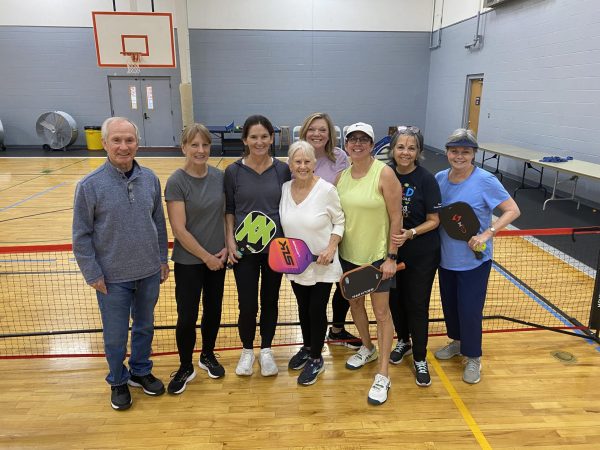Spartans On Ice
Lisa Su (10) began figure skating when she was six years old while living in Kansas City, Missouri. Today, Su has her eyes set for the 2018 Winter Olympics in Pyeongchang, South Korea.
A vigorous sport that requires much concentration and endurance, figure skating has been a part of the Winter Olympics since 1924. Competitors, some as young as fifteen, competitively train to perform a fourminute program with elaborate jumps and spins like the single, double and twoandahalf axles, while demonstrating a creative style.
After skating in a public ice rink with her family when she was little, Su quickly took an interest in this winter sport. Seeing advertisements for ice-skating clubs in Kansas City, she began practicing in a group with other kids dazzled by the glistening grounds.
Between Kansas City, Nashville, Dallas, Little Rock and Memphis, Su has had several figure skating instructors. Finding a connection with a coach is important for Su, who has learned that receiving additional instruction helps to improve her skills.
A couple of coaches, cities and years later, Su is now in the senior level in the technical category and in the junior level in freestyle.
“Iceskating is kind of like a rush,” Su said, “but sometimes it’s frustrating, and a lot of times, iceskating is really mental. You have to tell yourself that you can do it; you have to control your fears.”
Su started competing before she moved to Memphis around age eight. The first member of her family to iceskate, Su receives much support from her parents.
In addition to living the life of a figure skater, Su also balances the life of a high school student. During the school year, Su takes a twenty-minute drive to practices one hour per day at the Ice House in Olive Branch, Mississippi.
In the summer, she spends almost every day practicing during both the mornings and the afternoons. Last year, Su traveled to Dallas, Texas, a notable and thriving ice-skating community, to train in a more competitive environment.
Su’s training does not require ice all the time. In fact, her practice consists of more exercises done off the ice than on it, and her fourminute routines demand countless hours of conditioning to build endurance.
To perfectly execute jumps, ice skaters must first practice air jumps on the ground.
“You do jumps off the ice so when you get on the ice, it becomes easier,” Su said.
Having trained for such long time, Su admits she occasionally finds herself frustrated.
“When finally I do [perform] well, I feel really good and successful,” Su said.
Your donation will support the student journalists of White Station High School. Your contribution will allow us to purchase equipment and cover our annual website hosting costs.




